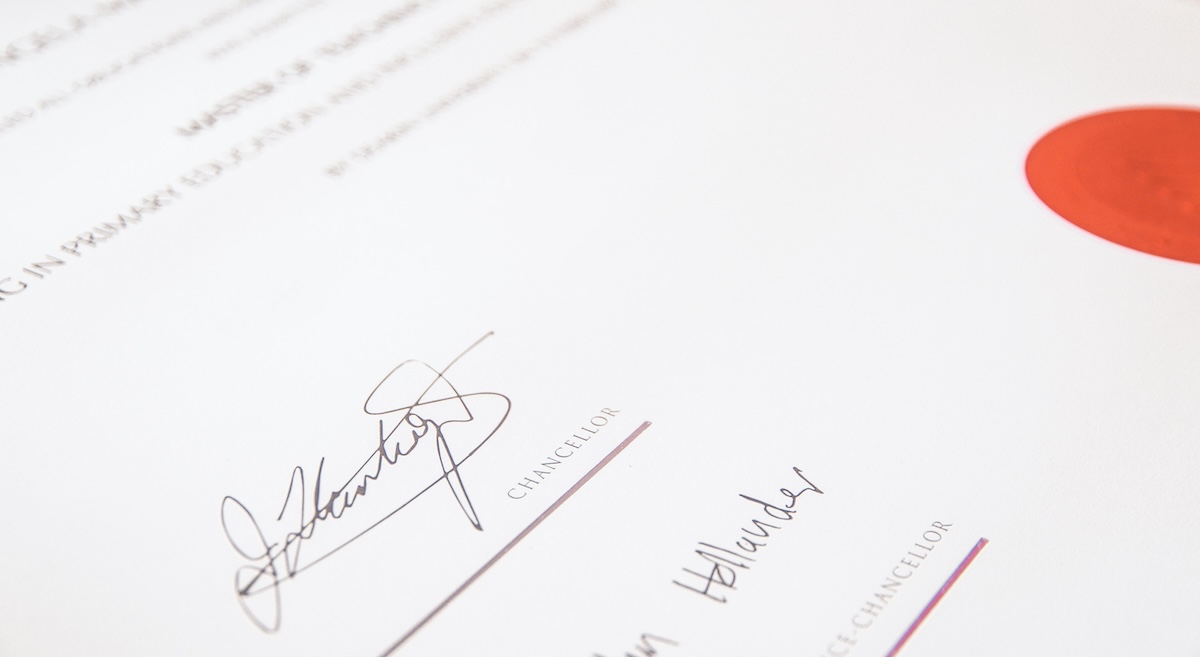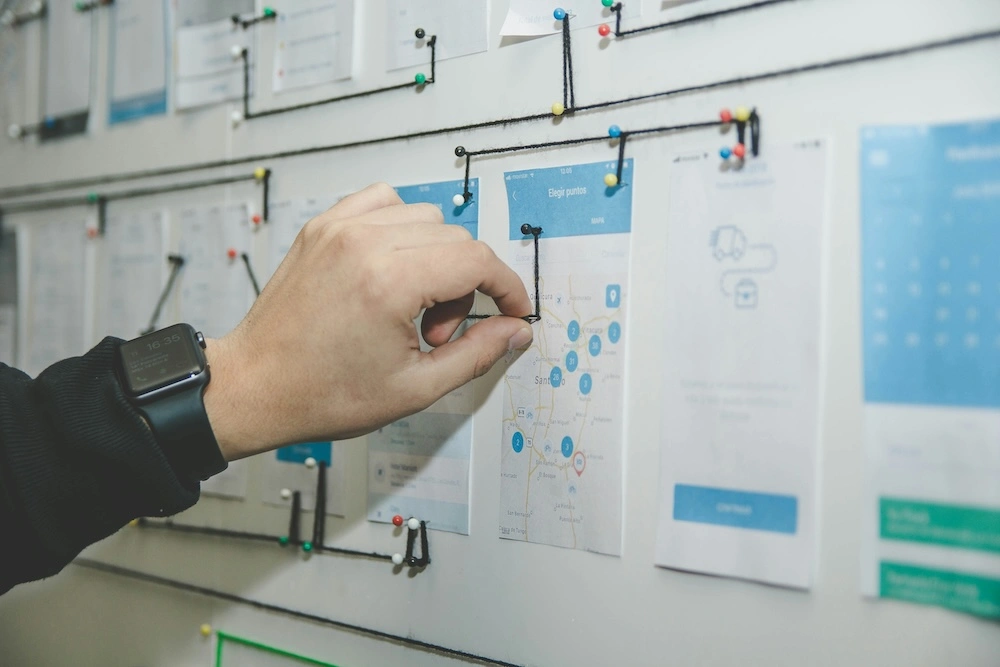Digitalizing contract management for properties is becoming increasingly common. Despite this trend, many still lack cohesive control as contracts and other property information are often stored in different places and systems. This fragmented approach can lead to inefficiencies and unnecessary costs, which could be avoided with more coordinated, digital monitoring and control.
Contract management is essential to property administration, especially within industries where facilities are crucial to smooth production. It’s also particularly important as costs like rent and maintenance contribute to overall manufacturing expenses.
With multiple contract parties and conditions, it quickly becomes challenging to keep full control over all property-related contracts. Questions like: What contracts do we have, and with whom? What are the terms and durations? Are we paying the correct amount? arise. Whether you’re a tenant or landlord, one of the biggest challenges is cost control.
Here we summarize six advantages of a unified, digital contract management approach in your property system:
1. Better Monitoring of Contract Duration, Terms, and Costs

Digitally tracking and managing various contracts over time provides more secure and flexible contract management. Having quick access to an overview and accurate information at the right time can be crucial to avoid missing important dates or terms in contracts, such as index adjustments, options, durations, and termination conditions.
In an integrated property system with automated alerts directly linked to contracts, you can receive notifications for necessary actions. This ensures good foresight, such as in preparation for a renegotiation or in tracking index adjustments and termination dates. Missing an automatic extension could mean unnecessary costs if you’re locked into a space when your facility needs change. A system that alerts at the right time for the right items provides better readiness and can contribute to more efficient planning and follow-up.
When changes occur, it’s also essential that accurate data can flow between related information streams, systems, and processes, such as transferring data to the accounting system. For example, creating an invoice-ready report that is sent to the accounting system, while payment information returns to the property system, creates a more coordinated and dynamic flow, with all relevant information available in the property system. This simplifies monitoring and control of contract durations, terms, and costs.
2. Real-time property database updates with contracts as an integrated part
Having contract management as an integral part of your property system provides substantial benefits and simplifies matters for both tenants and landlords. Regardless of your role—whether you’re a property manager responsible for framework agreements, an accountant needing up-to-date billing data, a lease administrator, or responsible for managing commercial contracts—you can access real-time information about the property associated with a contract. This gives a clear snapshot of the property portfolio, including which contracts are linked to specific properties, simplifying contract control and ensuring that all involved in contract management access the same information simultaneously.
An ideal system meets requirements for both lease-in and lease-out agreements, allowing it to handle contracts for land leases, subleases, or secondary rentals smoothly.
3. Dynamic and visual with connection to floor plans

In a system linked to building drawings, a digital twin is created, showing the areas associated with a particular contract. The visual interface provides several advantages in contract management. With the drawings, relevant parameters are linked to contracts, which can then be connected directly to the utilization of various areas. This enables modeling and forecasting for potential contract renegotiations or reorganizations, giving a clearer view of different premises and tenants, and supporting optimization within a building.
In a visual interface, it’s also easier to track vacancies, providing a more accessible interface as a complement to traditional lists and tables. Besides floor plan connections, other visual objects, such as maps or images from the field, can support the work. API integrations with, for example GIS, further enhance the visual impact and simplify contract management.
4. Greater financial control, improved compliance
Financial control and management become easier with contract management integrated into the property system. This setup provides a more comprehensive view, both from a contract and cost perspective. With detailed real-time data on terms, costs, adjustments, etc., calculations are more accurate, allowing for precise forecasts and budgets. Financial projections can also be updated continuously throughout the year, ensuring that rental costs aren’t higher than necessary and that revenue isn’t lost for leased spaces.
A digital property system is also essential for meeting increasing requirements for reporting and compliance. IFRS 16, for example, is a regulatory standard that your property system should support.
5. Easier, more accurate internal cost allocation

Allocating and redistributing facility costs internally between departments and business units is often a challenge. Manual calculations, such as using Excel sheets, result in a static and often inaccurate solution.
With an integrated link between spaces and contracts, the system can automatically calculate and distribute costs internally. By tagging different spaces, “internal contracts” as digital twins are created directly in the system, supporting a more visual and accurate cost allocation. It’s also a useful tool for testing various scenarios and automatically calculating how different costs impact departments and tenants in the case of relocations.
6. See the big picture, zoom out and zoom in
One of the biggest benefits of digital contract management within an integrated property system is the holistic perspective. Often, contracts are handled in a separate system, apart from other property management functions. In a more cohesive property process, with a unified system for the technical and financial management of properties, contracts are central. The depth and breadth of a single system that serves different roles and needs allow more people to benefit from shared information without unnecessary detours or duplication.
When contract management is integrated into the property system, information becomes more accessible and useful. It enables a more coordinated, secure, and cost-effective workflow. With different access points to contract information, you can zoom out to see the bigger picture or zoom in to focus on contract details.
How does contract management work in your company? With Pythagoras’ comprehensive solution, for both tenants and landlords, you can quickly access all your contracts and the latest information on connections to different spaces, properties, or objects. here



